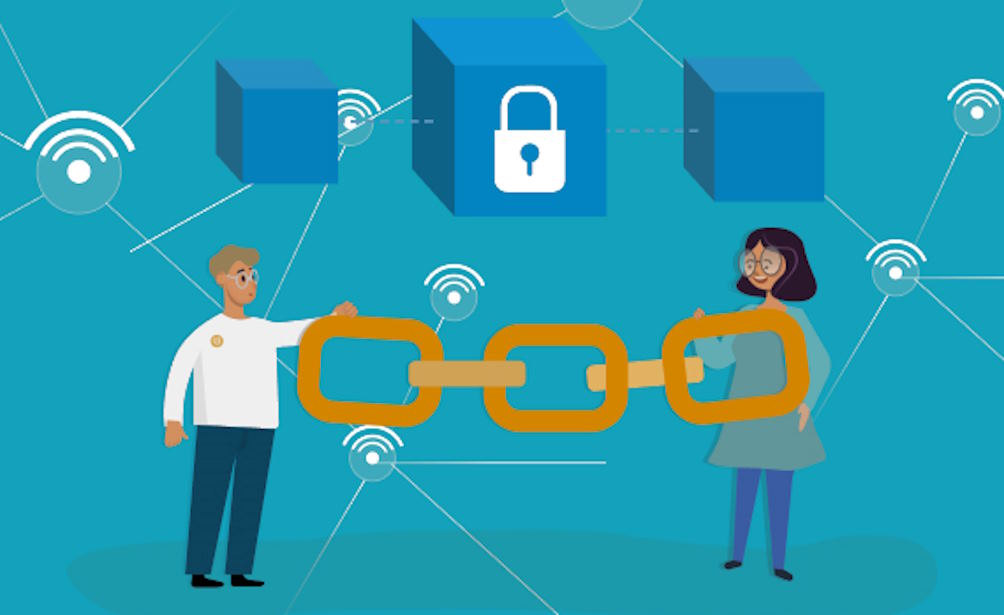The vulnerabilities of centralized identity systems have led to a surge in data breaches, identity theft, and privacy infringements. As individuals and organizations seek more secure, private, and user-centric solutions, blockchain technology has emerged as a promising contender. Through a comprehensive analysis of blockchain’s underlying mechanisms, real-world applications, challenges, case studies, and future prospects, this article navigates the intricate landscape of identity management in the digital age.
The Need for Secure Identity Management
In an interconnected world driven by digital interactions, the need for robust and secure identity management has never been more critical. The vulnerabilities inherent in centralized identity systems have given rise to a multitude of challenges, from compromised personal information to widespread data breaches. These risks (A) not only erode user trust but also lead to severe financial and reputational consequences for both individuals and organizations.
The growing concerns surrounding data breaches and identity theft (B) have reached alarming proportions. Cybercriminals exploit the weaknesses in centralized databases to gain unauthorized access to sensitive information, perpetrating identity theft and fraud on an unprecedented scale. As instances of such breaches become more frequent and sophisticated, the urgency for adopting innovative identity management solutions becomes evident.
One of the cornerstones of modern identity management is the empowerment of individuals with privacy and control over their personal data (C). Traditional models often collect and store vast amounts of user information, often without the user’s informed consent. In contrast, blockchain technology offers self-sovereign identity solutions that allow users to control their data and grant access on a need-to-know basis, fostering a new era of data ownership and privacy protection.

Blockchain Identity Management Explained
In the quest for a more secure and user-centric approach to identity management, blockchain technology has emerged as a transformative force. This technology has the potential to revolutionize the way we establish, verify, and protect our digital identities (A). Unlike conventional centralized systems, blockchain’s decentralized and immutable nature addresses critical vulnerabilities, paving the way for a more robust and trustworthy identity ecosystem.
At the heart of blockchain identity management is the concept of self-sovereign identity (B). In this paradigm, individuals regain control over their personal data, determining how and when it’s shared. This empowering shift marks a departure from the traditional model where third parties hold and manage our sensitive information. With self-sovereign identity, users are empowered to grant access to their data only when necessary, mitigating the risk of unauthorized data exposure.
Decentralized Identifiers (DIDs) and verifiable credentials (VCs) are integral components of blockchain identity systems (C). DIDs provide a method for creating unique, self-owned identifiers that are independent of any central registry. VCs, on the other hand, enable the issuance and verification of digital proofs, offering a secure and tamper-proof method to verify a user’s attributes without revealing unnecessary personal information.

Real-World Applications of Blockchain Identity
The transformative potential of blockchain identity management extends far beyond theoretical concepts, finding practical and impactful applications across diverse industries.
In the realm of financial services, blockchain’s potential shines bright (A). By leveraging blockchain technology, financial institutions can enhance Know Your Customer (KYC) processes, ensuring a more secure and efficient onboarding of customers. The decentralized nature of blockchain minimizes the risk of identity fraud, offering a trust-based environment where transactions are transparent and immutable.
The healthcare industry also stands to benefit significantly from blockchain identity solutions (B). Securely sharing patient data between healthcare providers becomes seamless and tamper-proof, enabling better patient care and treatment coordination. Interoperability is greatly improved as blockchain ensures that patient records are accurate, up-to-date, and accessible only to authorized parties.
Online authentication is another area ripe for disruption through blockchain (C). The cumbersome reliance on passwords can be replaced with biometrics and Decentralized Identifiers (DIDs), making the authentication process both user-friendly and secure. Users no longer need to remember multiple passwords, and the risk of password-related breaches is minimized.